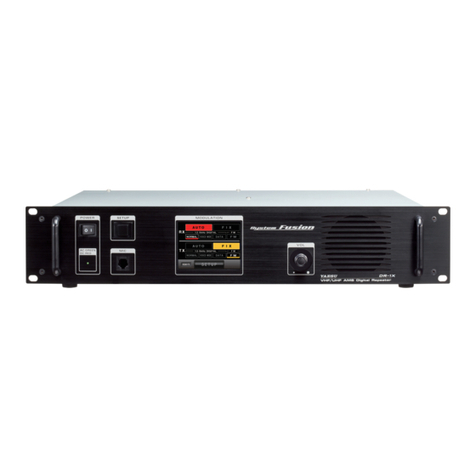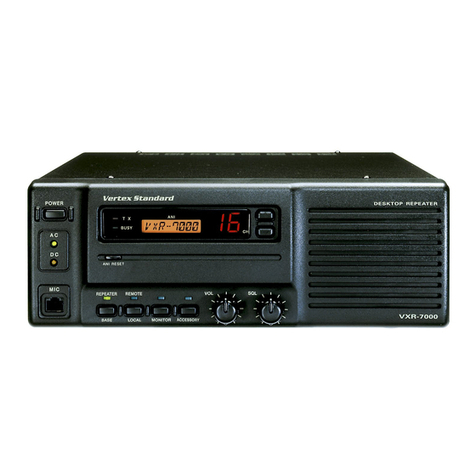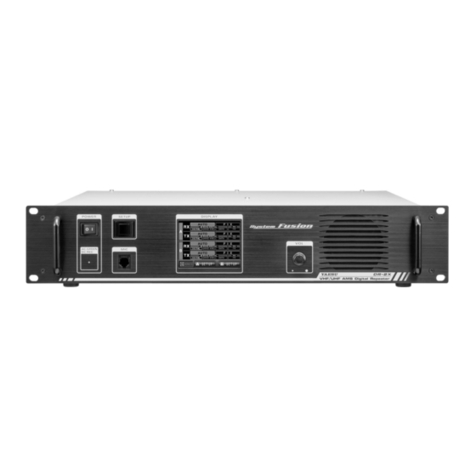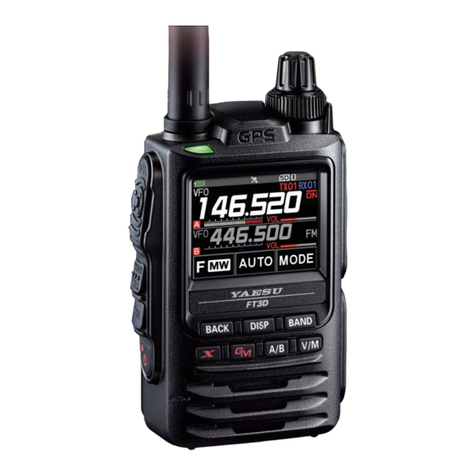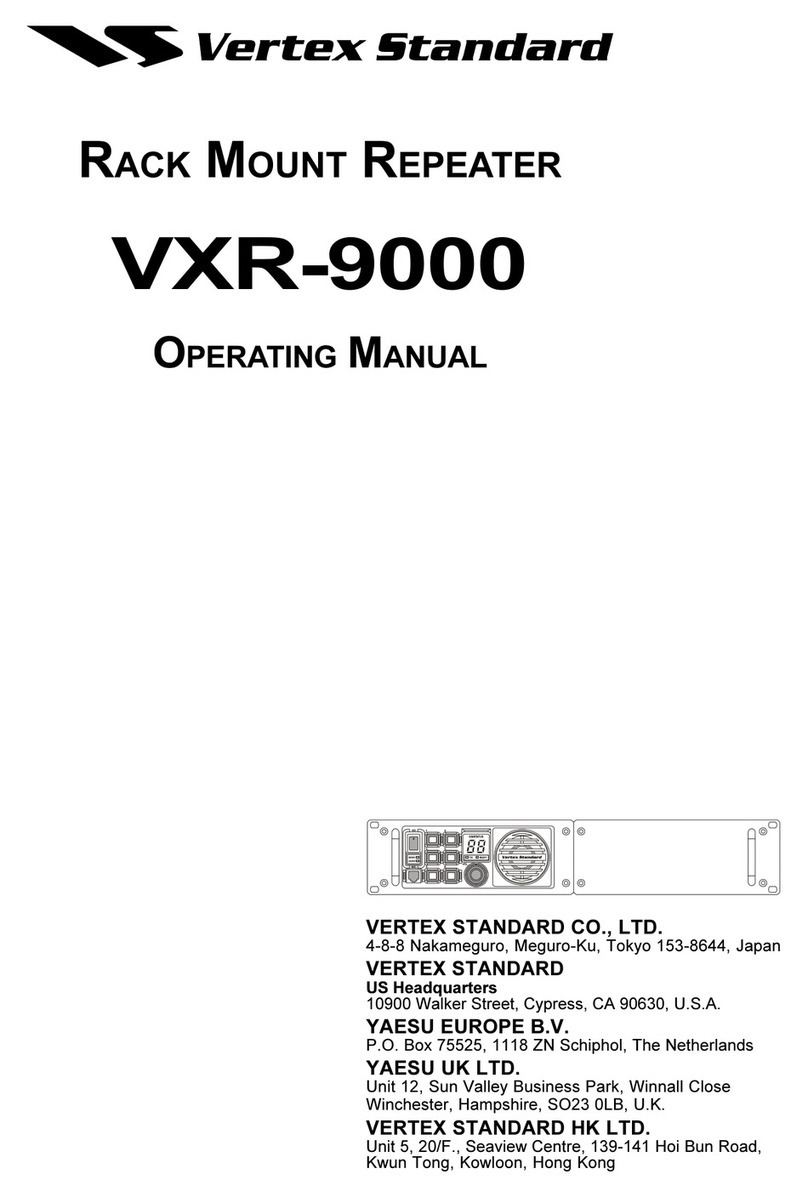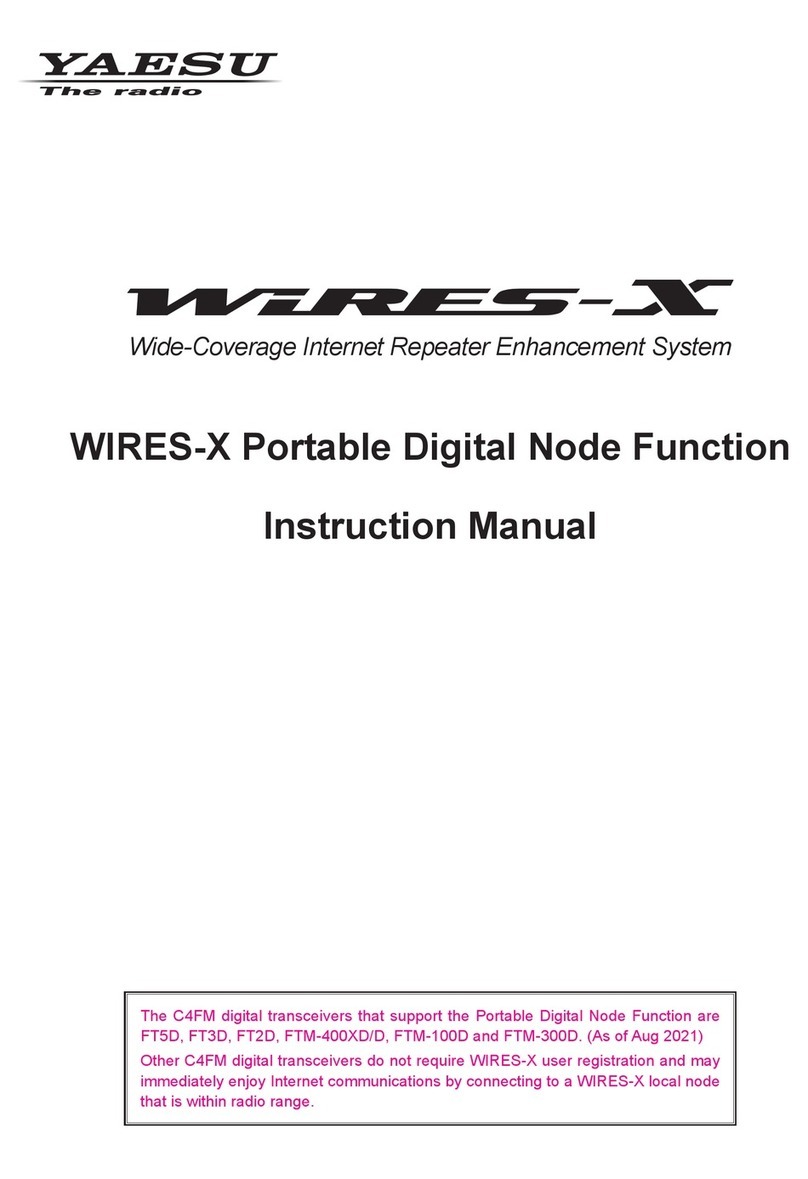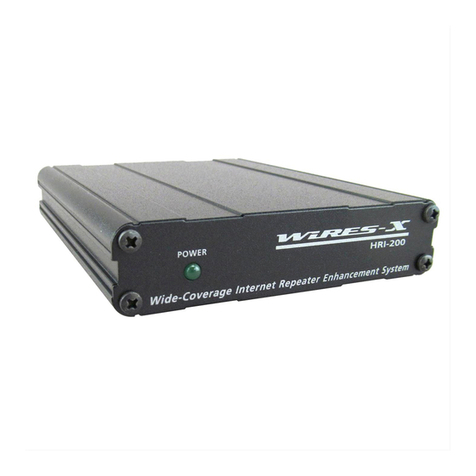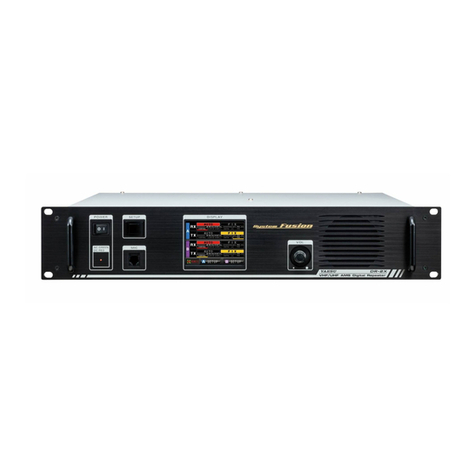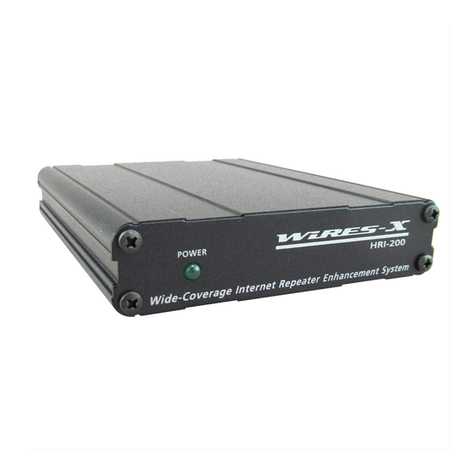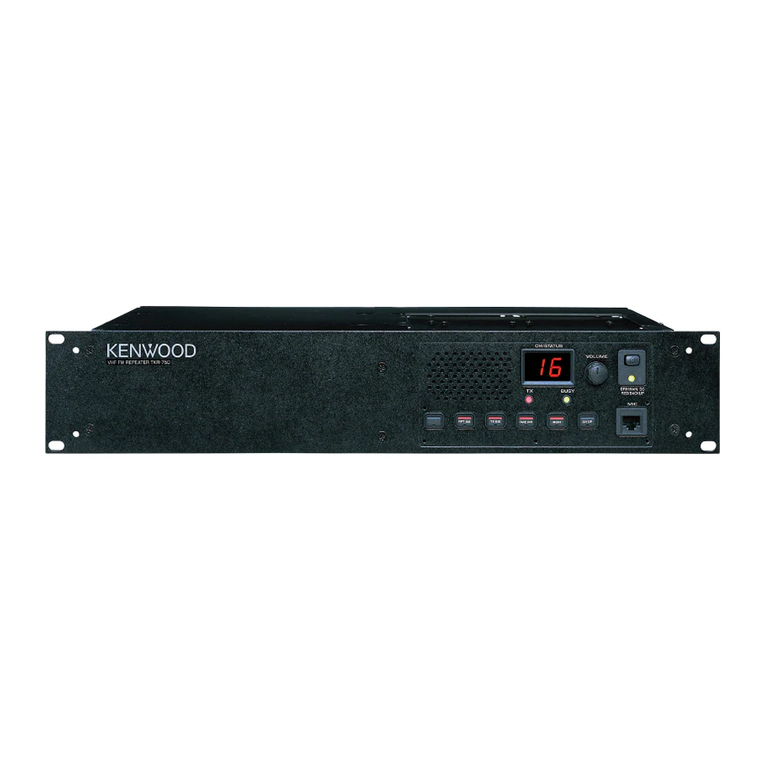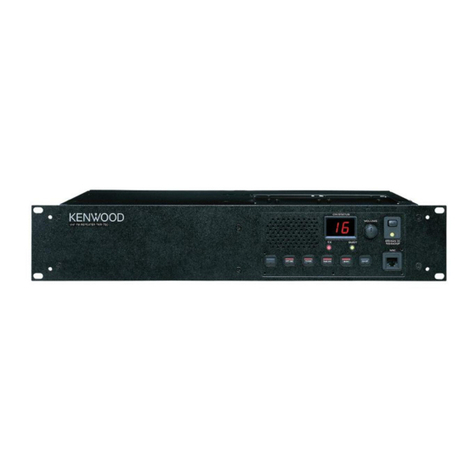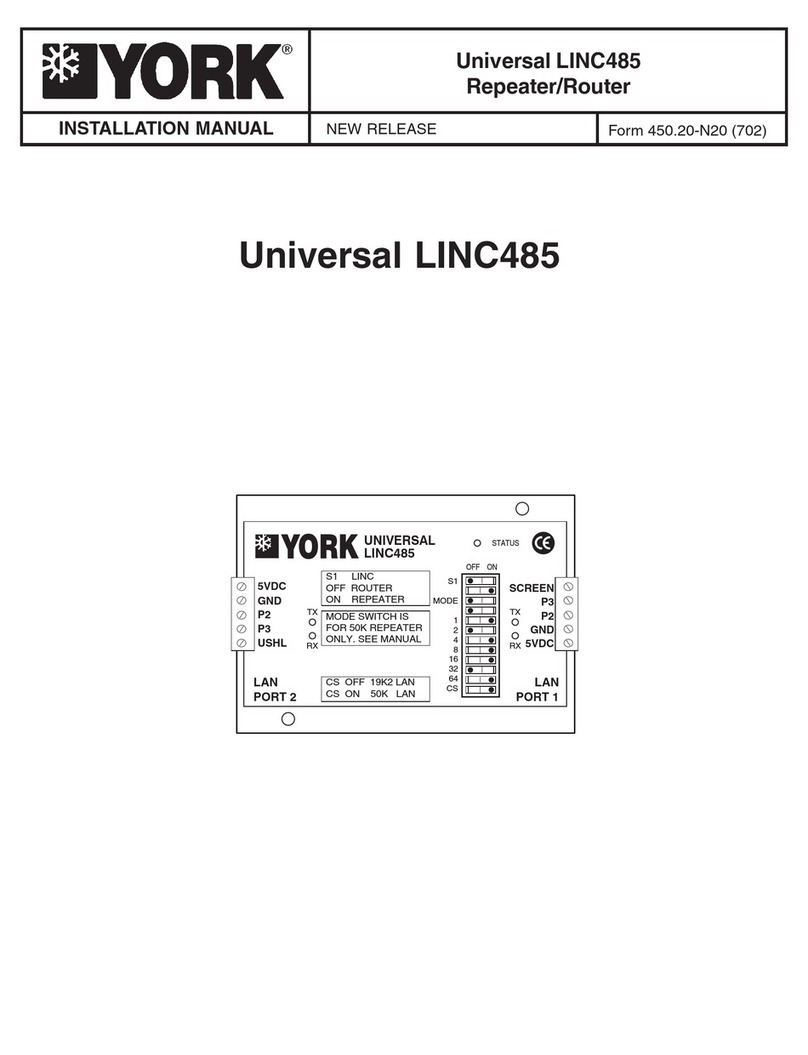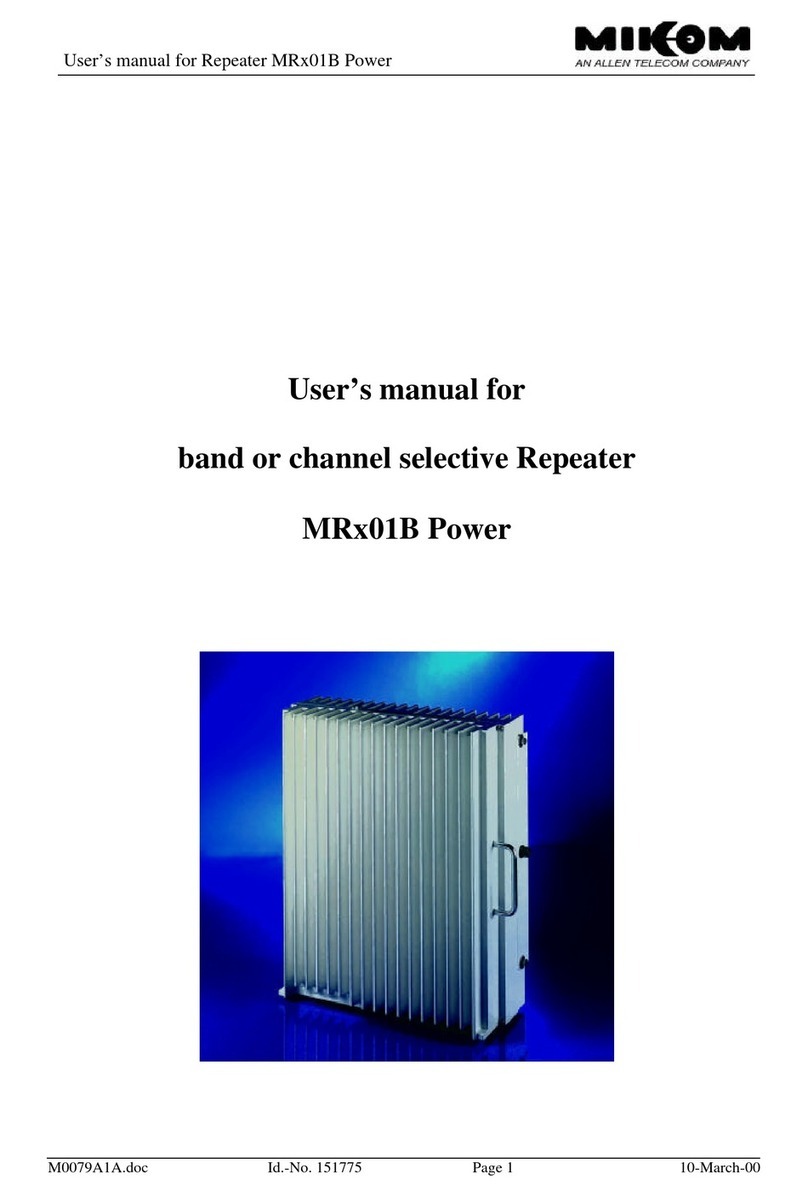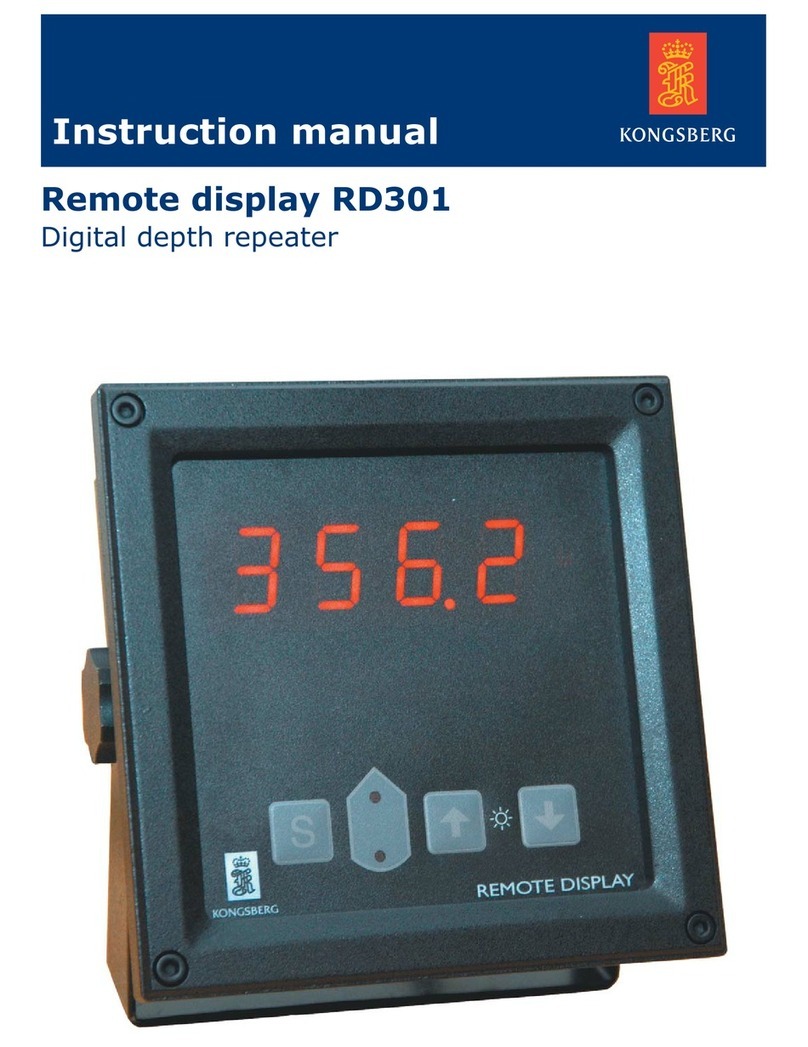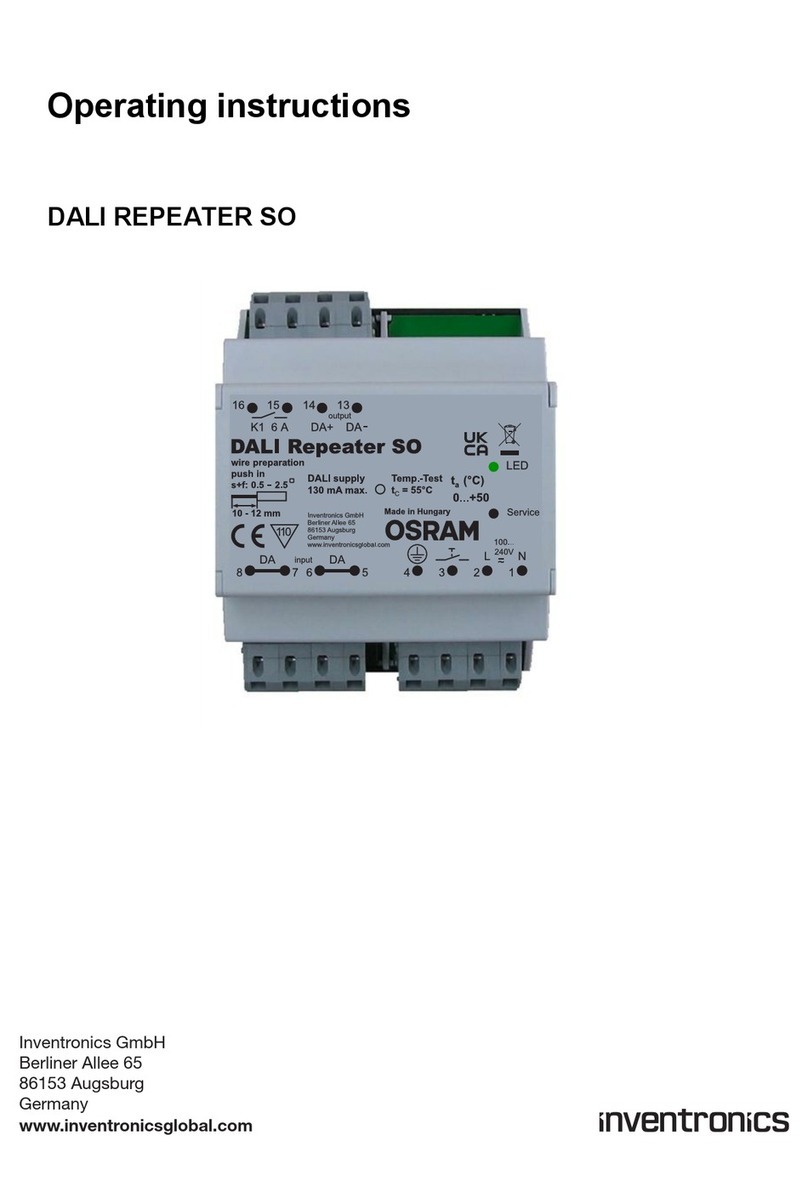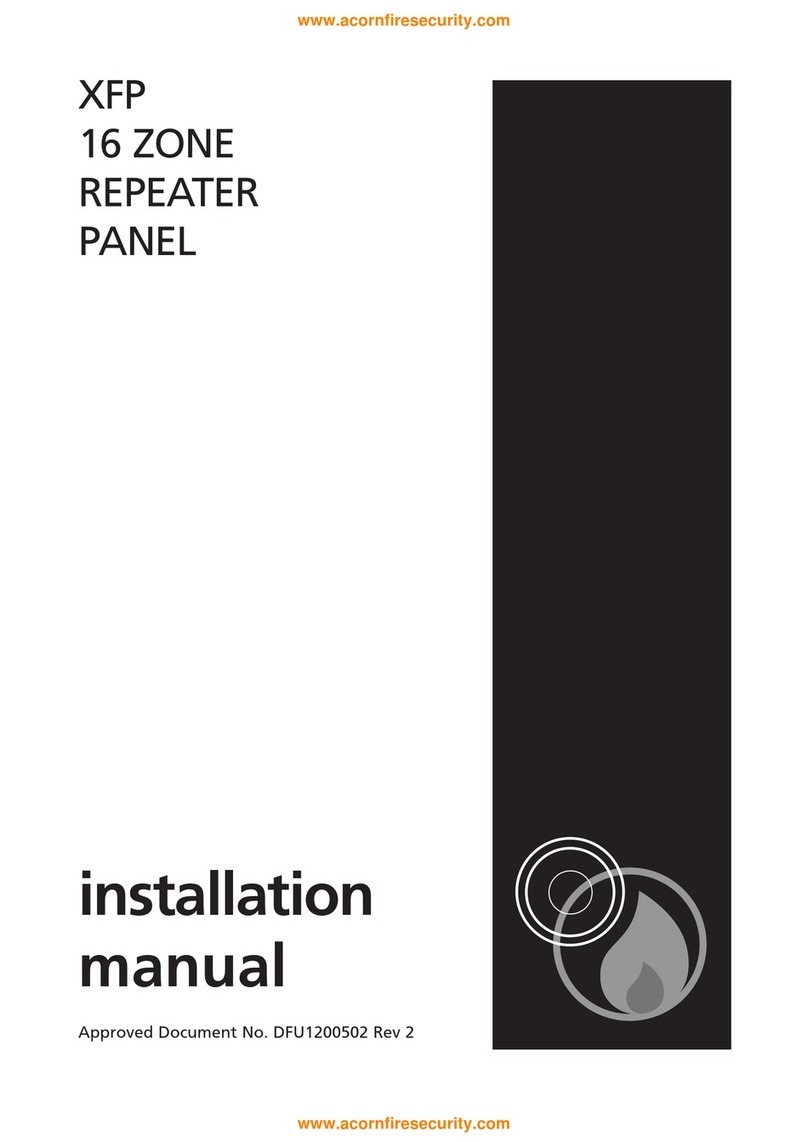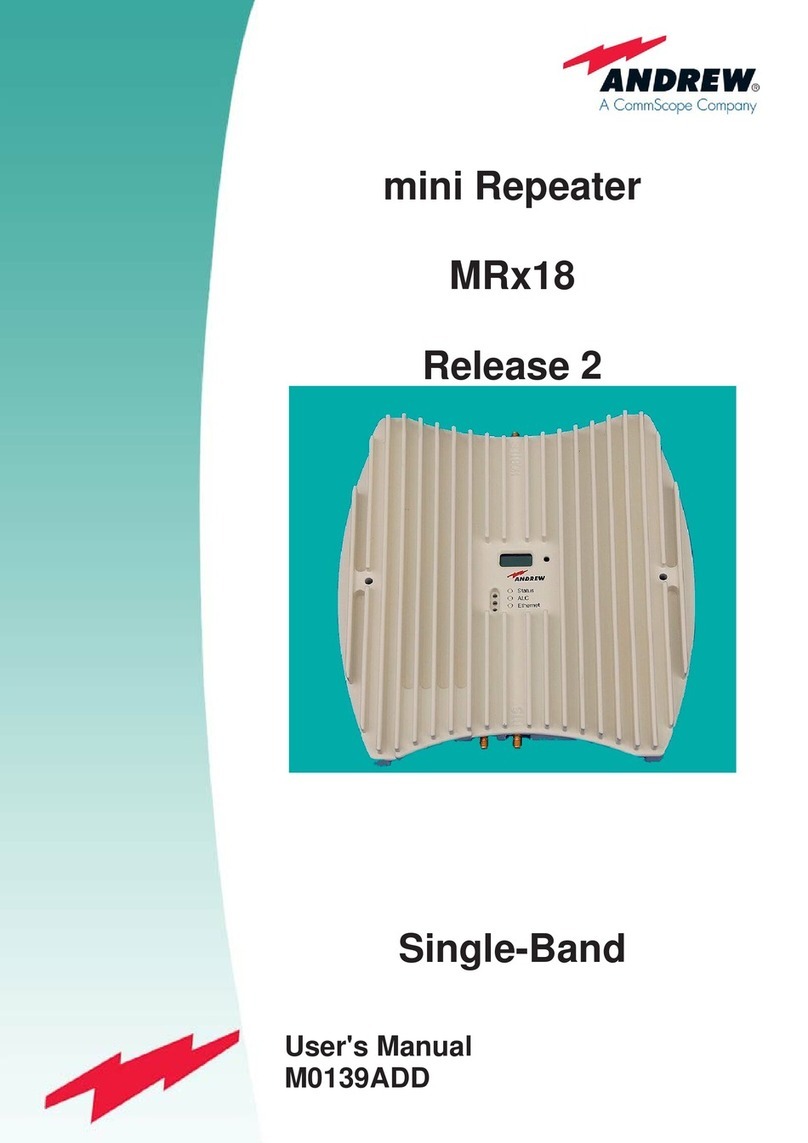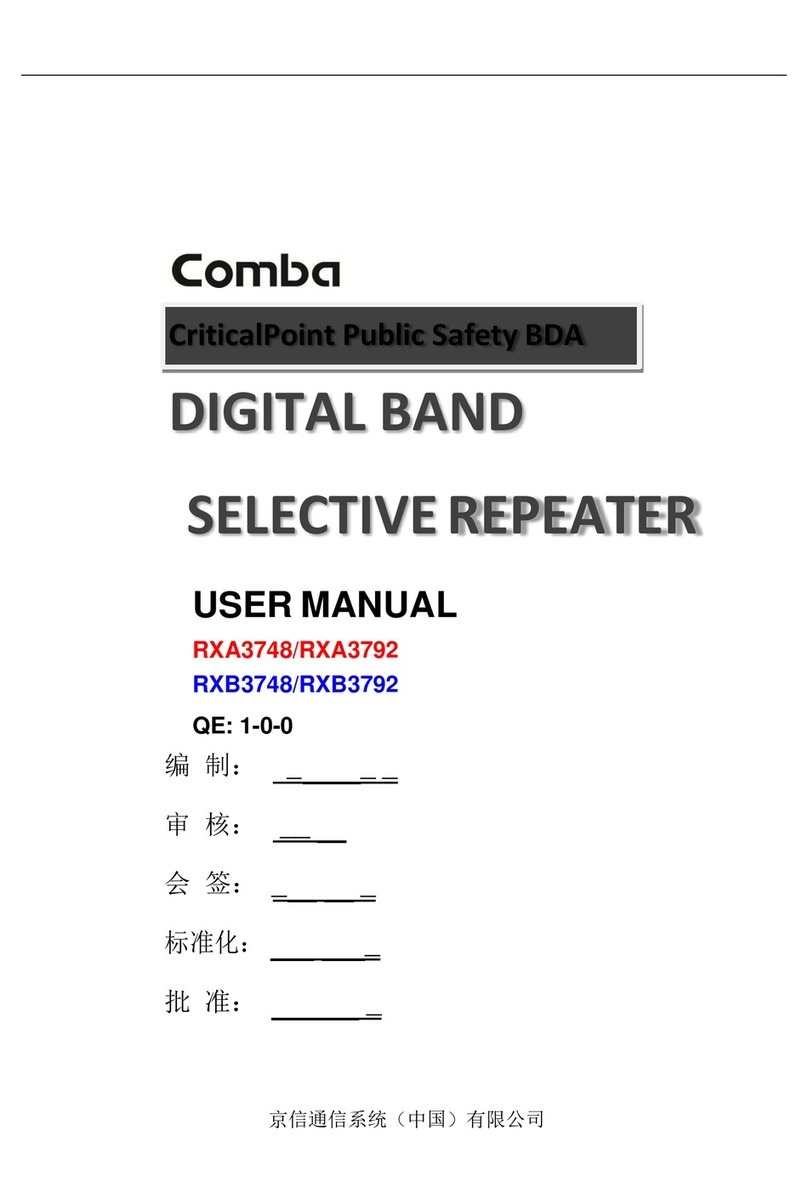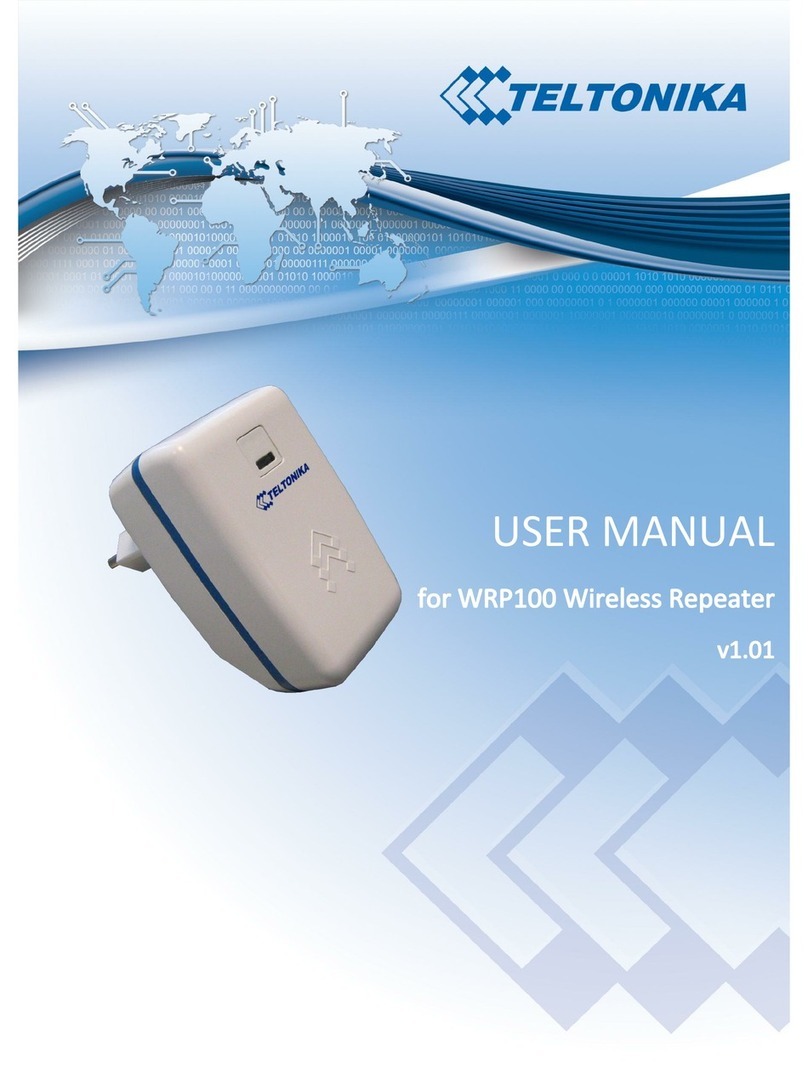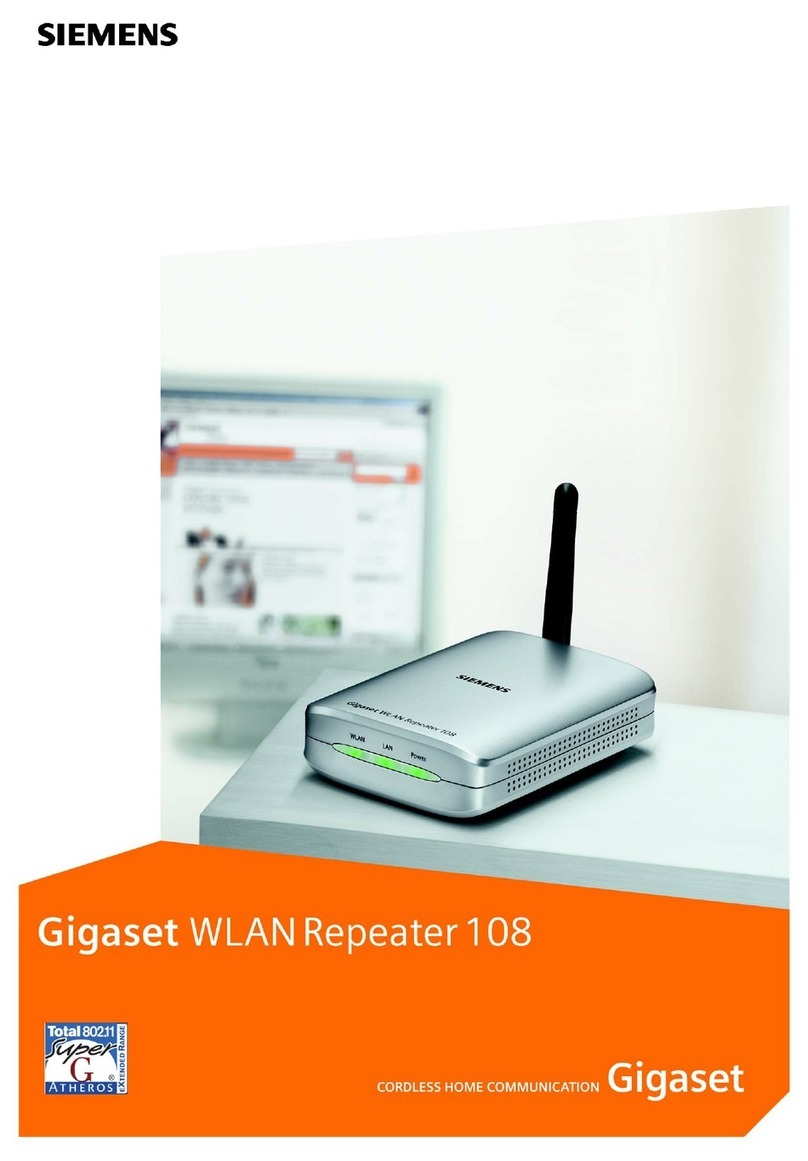Chelsea Yaesu DR-2X Repeater Setup
Wesley Cardone, N8QM
July 3, 2022
Security of Remote Commands
The Yaesu DR-2X repeater has two modes of operation: Analog FM (DTMF); and Digital (C4FM). Remote
commands may be given the repeater over the air via either of these two modes. However, there are
distinctions between them.
DIGITAL:
The digital mode of operation offers bulletproof security in that any remote commands can only
come from transceivers registered with the repeater.
At the factory, each C4FM transmitter is given a unique digital key which it, and only it, possesses in
all the world. Any one Yaesu C4FM transmitter can be registered (up to 30 per repeater) with any
one DR-2X repeater. This means that bullet-proof security exists in protecting the repeater from
malicious threats.
In addition to this security, operating in the C4FM mode includes all of the security belonging to
remote programming in Analog FM mode, described below.
ANALOG FM:
The DR-2X repeater may be programmed to operate in either a single-channel or dual-channel
mode. The Chelsea WD8IEL repeater is being operated in the single-channel mode which makes the
repeater’s second channel available for dedicated remote programming. That is, remote
programming coming to the repeater over the air does not need to share the FCC designated
repeater frequency assignment of 145.450 MHz. Any FCC amateur allocated frequency may be used
for remote programming from whether the 2 meters band (144-148 MHz) or the 70 cm (420-
450 MHz) band.
As an additional layer of protection, the repeater will only receive on that second frequency and
cannot send. Someone trying all the frequencies would have no means of feedback from the
repeater to indicate success. There are some remote functions which cause an output on the actual
repeater assigned frequency but there would be very much labor in a brute-force approach to
finding the command frequency.
To add additional complexity to a brute-force approach, there are 64 different PL tones that would
have to be worked through with each frequency. In the paragraph above it was stated that there
would be “very much labor.” Adding 64 PL tones would make the labor prohibitive even for a
youngster working from his parent’s basement.
What the person attempting to crack the repeater would need to radically reduce the labor would
be a known time when remote programming was being sent over the air. If the prankster knew a
precise time when codes were to be sent to the repeater, he could be scanning both 2 meters and
70 cm for any activity. With a little luck he might light on the code transmission frequency value.
Once he knows the exact frequency used, he would then need to make sure he had identified the PL
tone which is doable but laborious.

